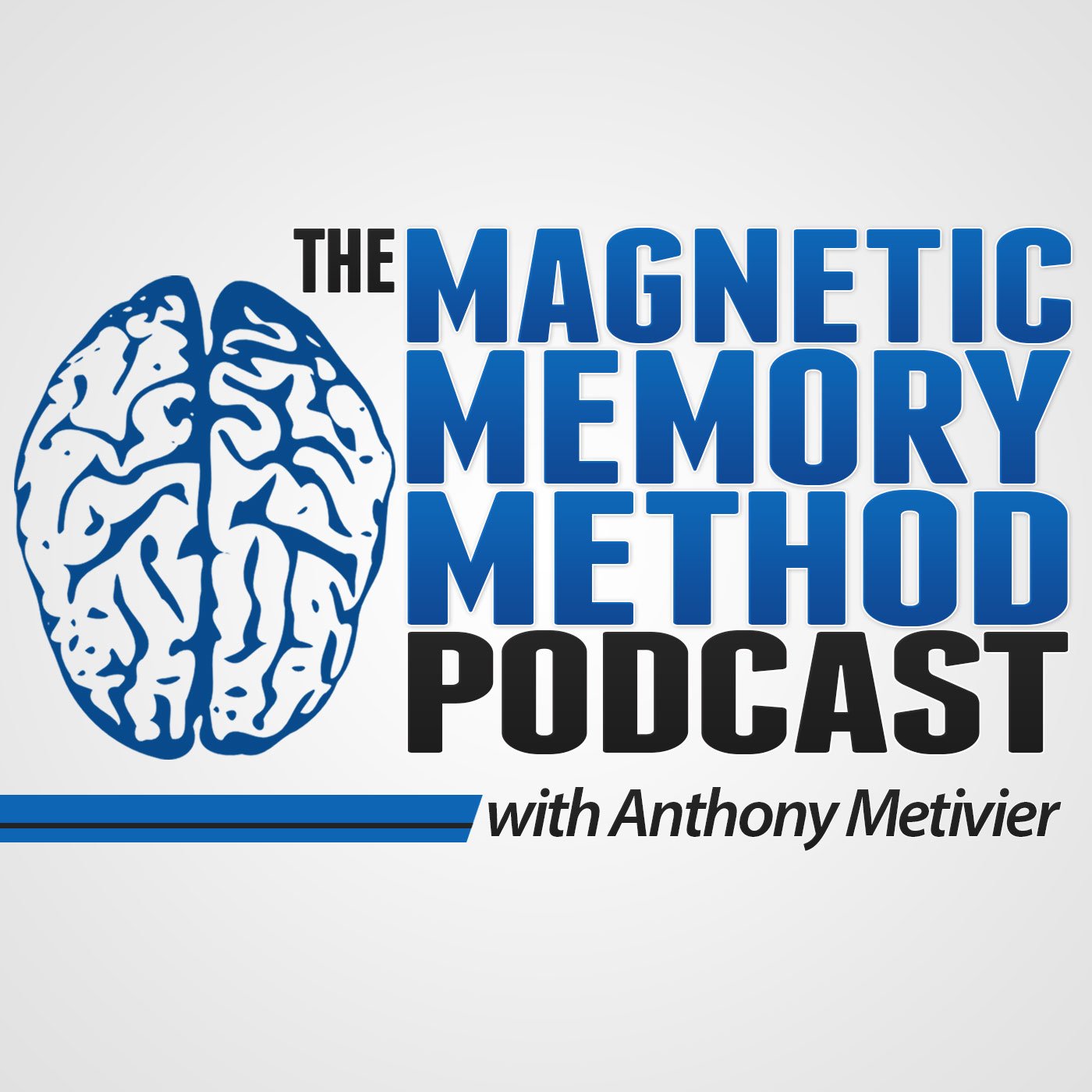How to Memorize Things Fast: 5 Science-Backed Techniques
Description
 If you want to memorize information fast, you need more than hope.
If you want to memorize information fast, you need more than hope.
You need the proven techniques you’ll find on this page, each of which has been tested in the real world.
Who am I to say?
As someone who’s trained memory competitors, taught university students, and explored the depths of ancient and modern memory science, I’ve answered thousands of questions about increasing memorization speed.
And I’ve given hundreds of demonstrations of how fast I can memorize using the simple strategies you’re about to discover.
Along with the reason and the proof behind why the strategies work so well to make long-term retention happen faster.
Ready for the no fluff, no gimmicks answer to how to memorize anything fast?
Let’s dive in.
<iframe title="How to Memorize Anything Fast" width="800" height="450" src="https://www.youtube.com/embed/a16B8EIBgZ0?feature=oembed&enablejsapi=1&origin=https://www.magneticmemorymethod.com" frameborder="0" allow="accelerometer; autoplay; clipboard-write; encrypted-media; gyroscope; picture-in-picture; web-share" referrerpolicy="strict-origin-when-cross-origin" allowfullscreen></iframe>
How to Memorize Anything Fast: 7 Proven Tips for Rapid Recall
If you want to memorize fast, above all, you must learn the most powerful memory technique ever invented.
That’s where we’ll start.
One: Embrace the Memory Palace Technique
Everything gets faster once you commit to using proper Memory Palaces.
If you don’t know what they are, consult my complete guide to the Memory Palace technique. Or watch this video:
<iframe title="The Memory Palace Technique For Studying" width="800" height="450" src="https://www.youtube.com/embed/c4J5ZUzCxZY?feature=oembed&enablejsapi=1&origin=https://www.magneticmemorymethod.com" frameborder="0" allow="accelerometer; autoplay; clipboard-write; encrypted-media; gyroscope; picture-in-picture; web-share" referrerpolicy="strict-origin-when-cross-origin" allowfullscreen></iframe>
Although it’s an ancient memory technique, I can’t stress mastering the Memory Palace technique strongly enough if you want to memorize rapidly.
That’s because scientists have shown that using routes to remember leads to superior memory.
To get started with the technique immediately:
- Select a familiar location, such as your home or workplace (or even a favorite cafe).
- Identify distinct areas and craft a clear and logical mental journey through the location.
- Assign what you want to remember along this route and link it with the appropriate mnemonic devices, making sure your associations are always vivid.
What are mnemonic devices?
For increasing your memorization speed, we’ll talk about those next.
Two: Use the Best Mnemonic Tools Designed for Fast Memorization
From crafting catchy tunes or using rhymes to remember, there are a lot of tools you can use in your Memory Palaces.
- The Major System or The Dominic System for numbers
- The Pegword System
- The Story Method
- Linking
The reason these tools help you out is that you use them to help you install associations in your Memory Palaces without having to think for more than a second or two.
No doubt about it. Learning these mnemonic skills takes a bit of setup.
But once you have them working, you’ll be able to memorize anything much faster.
Three: Use the Chunking Memory Strategy
So many of my students have an “all or nothing” attitude when they first wind up in one of my workshops or courses.
Although you certainly can memorize mountains of information, it’s important to take everything one unit at a time.
We know this from many studies in what is called the chunking memory strategy. I’ve profiled it fully in this guide for you.
Chunking helps you memorize faster because it strategically breaks large pieces of information down into smaller, more manageable units.
I made my TEDx Talk easier to remember, and the Sanskrit phrases in it simple by sometimes focusing on just one syllable at a time.
Some may worry that chunking will make them slower, but it’s the classic tortoise versus hare principle. The tortoise always wins.
It also just makes sense.
Instead of trying to memorize 15459878455, you break it down into 1-545-987-8455.
This method harnesses your brain’s ability to recognize patterns. As a result, you harness greater efficiency and ultimately move faster.
Four: Engage All Your Senses with KAVE COGS
Now that you know about the main mnemonic tools and chunking, the next step is to engage all your senses.
As scientists have demonstrated, the benefits of multisensory learning are profound when you set things up correctly.
Correctly is the key term, and that’s why when I memorize names at demonstrations, I use a mnemonic elaboration system called KAVE COGS:
- Kinesthetic (touch)
- Auditory (hearing)
- Visual (sight)
- Emotional (feelings)
- Conceptual (ideas)
- Olfactory (smell)
- Gustatory (taste)
- Spatial (sizes)
I apply the same set of elaborations to memorizing playing cards, numbers, speeches, poetry, historical dates or whatever it is I’m memorizing.
When my students in the Magnetic Memory Method Masterclass make this memory strategy a discipline too, they memorize faster.
It’s that simple, though you can find more intricate approaches to engaging all your senses in the mnemonic works of authors like Giordano Bruno and Tony Buzan.
I’ve just found that KAVE COGS works best for me. It took me a while to come up with, but once I settled on the pattern, I was very pleased by the results.
But due to how memory works, you should certainly consider creating your own multi-sensory model if KAVE COGS isn’t right for you.
The point is to have one in the first place so you don’t waste time thinking about how you’re going to make the target information “stickier.” You just follow the system.
Five: Use Spaced Repetition Properly
Many people know about spaced repetition. But they don’t optimize how it works.
That’s why I highly recommend you read my <a href="htt





